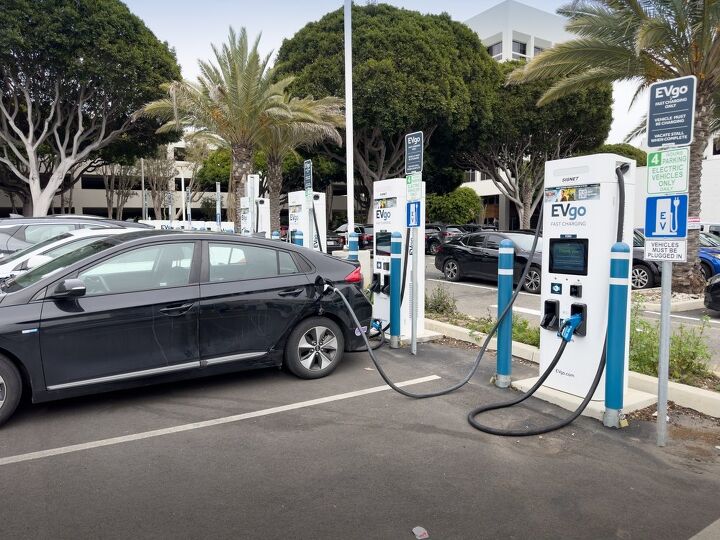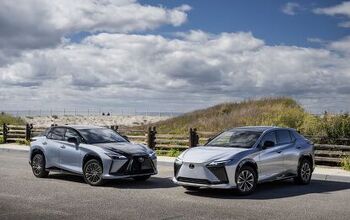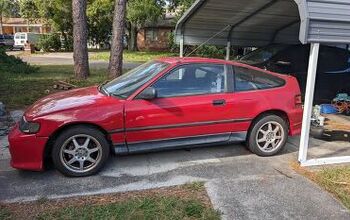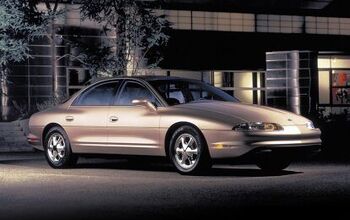Eating, Shopping, Charging: The New Normal for EV Owners, Says Survey
A recent survey conducted by FLO, a prominent North American electric vehicle (EV) charging network and smart charging solutions provider, has shed light on the preferences and behaviors of EV drivers, particularly regarding their charging habits. FLO's insights come from feedback collected from nearly 40,000 EV users across the United States and Canada, offering a comprehensive look at how EV drivers approach charging, especially for extended travel.
Fast Chargers: A Necessity for Long Trips
A significant portion of EV drivers, with 42 percent of surveyed individuals, reported using DC fast chargers at least once a month. Furthermore, 60 percent of respondents rely on these fast chargers for longer or multi-city journeys, underscoring the importance of these chargers in facilitating extended travel for EV owners.
Activities During Charging
Charging time is an opportunity for drivers to engage in various activities, with 51 percent utilizing on-site amenities while waiting. The survey revealed a strong preference for dining or purchasing refreshments, with 60 percent of respondents choosing to eat during their charging time. Meanwhile, 19 percent take advantage of this time to visit nearby retail stores for shopping, indicating that charging stations are becoming hubs of activity rather than just utility locations.
The Need for Reliable Public Charging Infrastructure
The findings also highlighted a gap in home charging availability, with 29 percent of EV owners lacking a home charging station. This fact emphasizes the necessity for a dependable public charging infrastructure to support EV owners without private charging options.
A Diverse Charging Ecosystem
EV drivers demonstrate varied charging practices, with 35 percent primarily using Level 2 stations and 27 percent favoring DC fast charging stations. An additional 31 percent utilize a mix of both types. This diversity points to the need for a versatile charging network that caters to different charging needs, whether for quick recharges or longer stays.
EV Driving Patterns
Most EV owners stick to local travel, with Canadian and American respondents reporting weekly distances that easily fall within the range of a single overnight charge. This pattern indicates that, for many, the current charging infrastructure and vehicle capabilities meet their regular transportation needs.
Louis Tremblay, President and CEO of FLO, highlighted the survey's role in informing the expansion of FLO's charging network, designed to enhance the charging experience for EV drivers by ensuring access to charging at various locations, including work, home, or on the road. The survey's outcomes are guiding the deployment of the FLO Ultra charger, a high-power, dual-port charger capable of delivering up to 320 kW of power, promising most new EVs an 80 percent charge in just 15 minutes.
This initiative by FLO not only promises to expand the accessibility of fast charging across North America but also to integrate charging stations into businesses, providing a valuable amenity to customers without the associated costs and logistical challenges of charger ownership.
This article was co-written using AI and was then heavily edited and optimized by our editorial team.
More by TTAC Staff
Latest Car Reviews
Read moreLatest Product Reviews
Read moreRecent Comments
- Redapple2 I gave up on Honda. My 09 Accord Vs my 03. The 09s- V 6 had a slight shudder when deactivating cylinders. And the 09 did not have the 03 's electro luminescent gages. And the 09 had the most uncomfortable seats. My brother bought his 3rd and last Honda CRV. Brutal seats after 25 minutes. NOW, We are forever Toyota, Lexus, Subaru people now despite HAVING ACCESS TO gm EMPLOYEE DISCOUNT. Despite having access to the gm employee discount. Man, that is a massive statement. Wow that s bad - Under no circumstances will I have that govna crap.
- Redapple2 Front tag obscured. Rear tag - clear and sharp. Huh?
- Redapple2 I can state what NOT to buy. HK. High theft. Insurance. Unrefined NVH. Rapidly degrading interiors. HK? No way !
- Luke42 Serious answer:Now that I DD an EV, buying an EV to replace my wife’s Honda Civic is in the queue. My wife likes her Honda, she likes Apple CarPlay, and she can’t stand Elon Musk - so Tesla starts the competition with two demerit-points and Honda starts the competition with one merit-point.The Honda Prologue looked like a great candidate until Honda announced that the partnership with GM was a one-off thing and that their future EVs would be designed in-house.Now I’m more inclined toward the Blazer EV, the vehicle on which the Prologue is based. The Blazer EV and the Ultium platform won’t be orphaned by GM any time soon. But then I have to convince my wife she would like it better than her Honda Civic, and that’s a heavy lift because she doesn’t have any reason to be dissatisfied with her current car (I take care of all of the ICE-hassles for her).Since my wife’s Honda Civic is holding up well, since she likes the car, and since I take care of most of the drawbacks of drawbacks of ICE ownership for her, there’s no urgency to replace this vehicle.Honestly, if a paid-off Honda Civic is my wife’s automotive hill to die on, that’s a pretty good place to be - even though I personally have to continue dealing the hassles and expenses of ICE ownership on her behalf.My plan is simply to wait-and-see what Honda does next. Maybe they’ll introduce the perfect EV for her one day, and I’ll just go buy it.
- 2ACL I have a soft spot for high-performance, shark-nosed Lancers (I considered the less-potent Ralliart during the period in which I eventually selected my first TL SH-AWD), but it's can be challenging to find a specimen that doesn't exhibit signs of abuse, and while most of the components are sufficiently universal in their function to service without manufacturer support, the SST isn't one of them. The shops that specialize in it are familiar with the failure as described by the seller and thus might be able to fix this one at a substantial savings to replacement. There's only a handful of them in the nation, however. A salvaged unit is another option, but the usual risks are magnified by similar logistical challenges to trying to save the original.I hope this is a case of the seller overvaluing the Evo market rather than still owing or having put the mods on credit. Because the best offer won't be anywhere near the current listing.


































Comments
Join the conversation